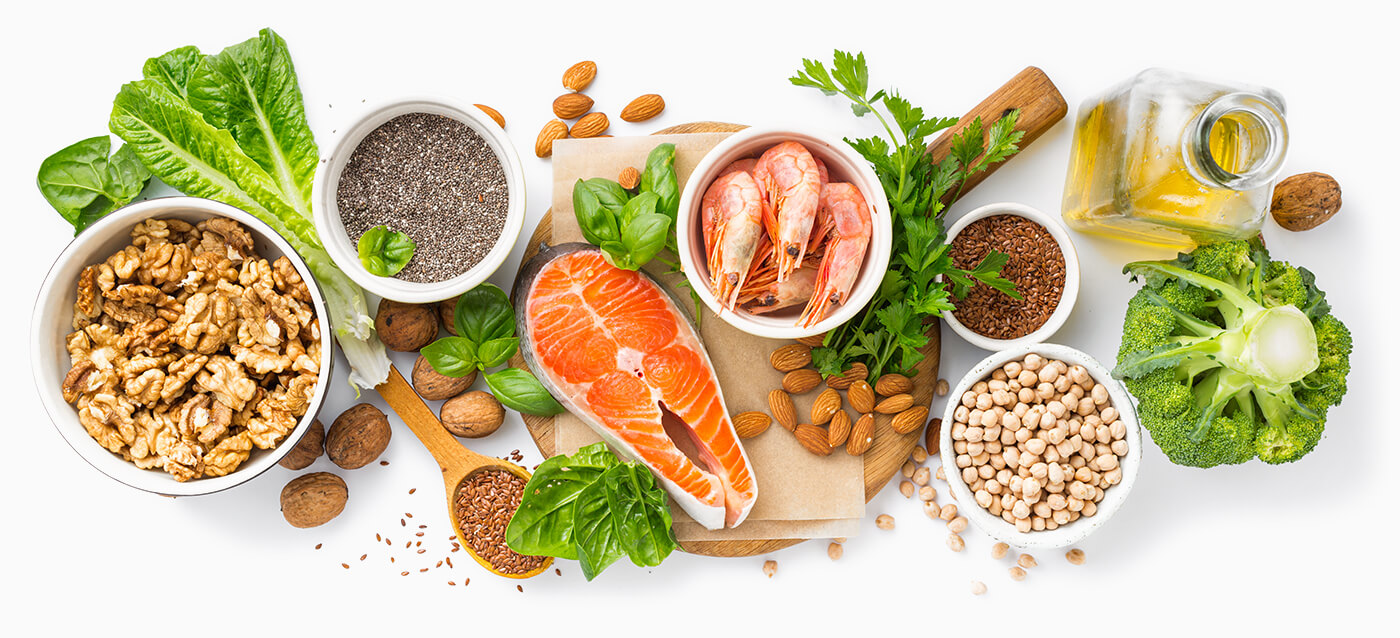Everything you need to know about a heart-healthy diet
You can do a lot to keep your heart healthy with your diet. Researchers have found that traditional eating habits in Mediterranean countries are particularly good for the heart. You will find detailed information on this in the following texts. The risk of a heart attack increases the more unhealthy our diet. And even if not everyone succeeds in reducing high cholesterol levels or high blood pressure through diet alone, many manage to get by with less medication after improving their diet. A heart-healthy diet doesn’t have to be complicated if you stick to a few basic principles. Above all, it is important that you eat a balanced diet and do not avoid any foods (for example, cholesterol-rich eggs) or consume large quantities of “good” products (for example, tomatoes because of the antioxidants). [1]
All beginnings are hard. But once they’ve lasted a while, you’ll find that a heart-healthy diet is doable and also offers whole new taste sensations.


